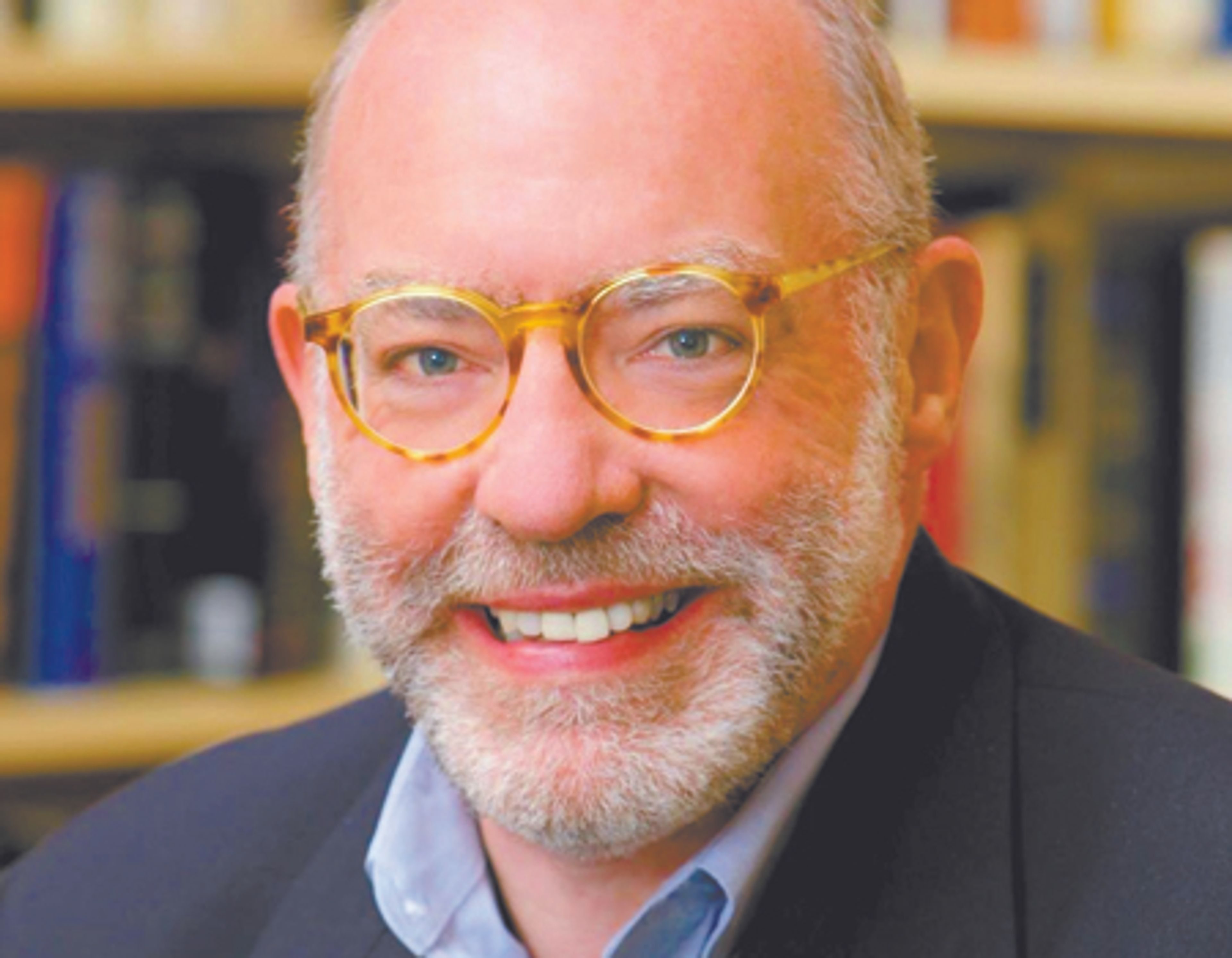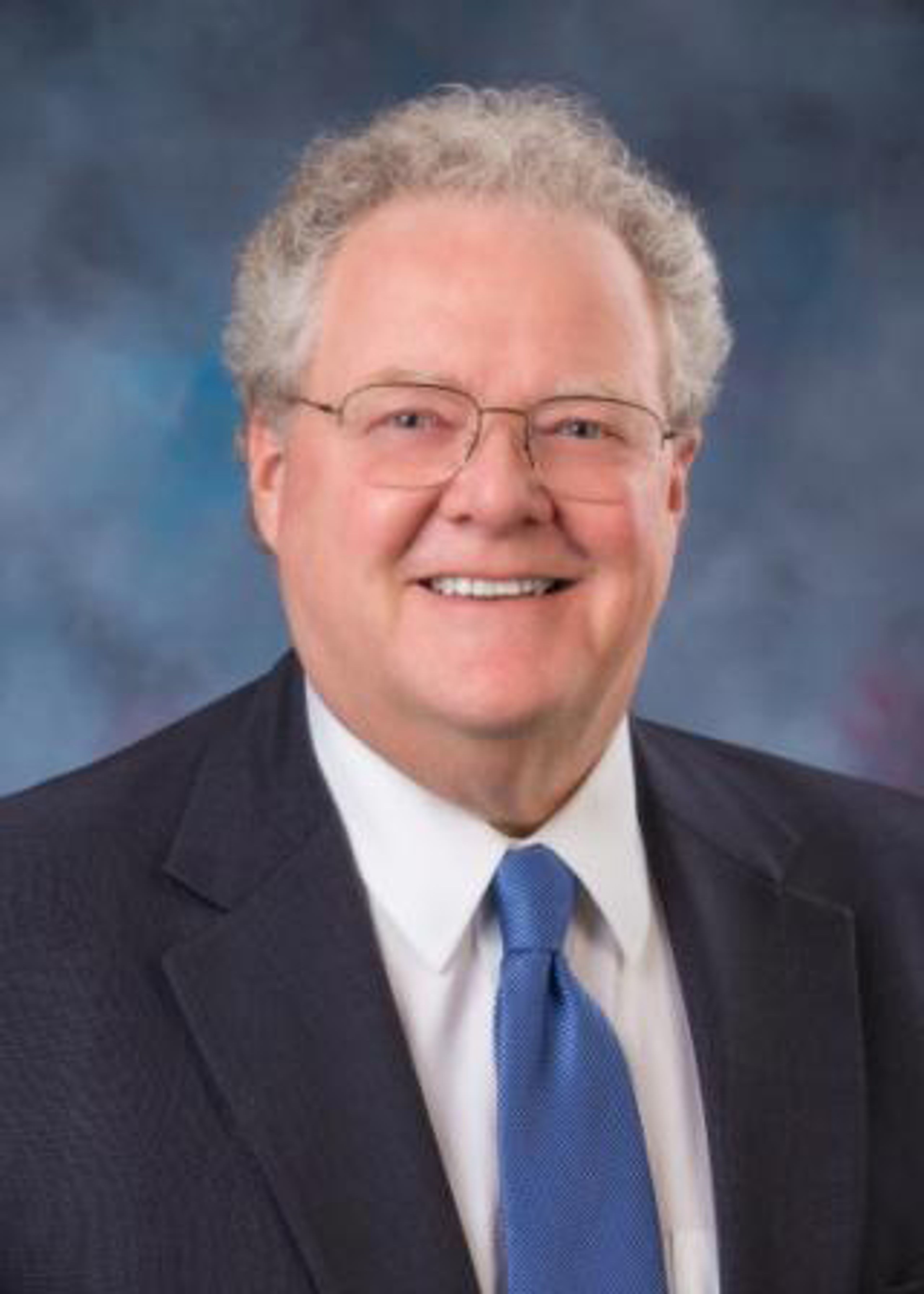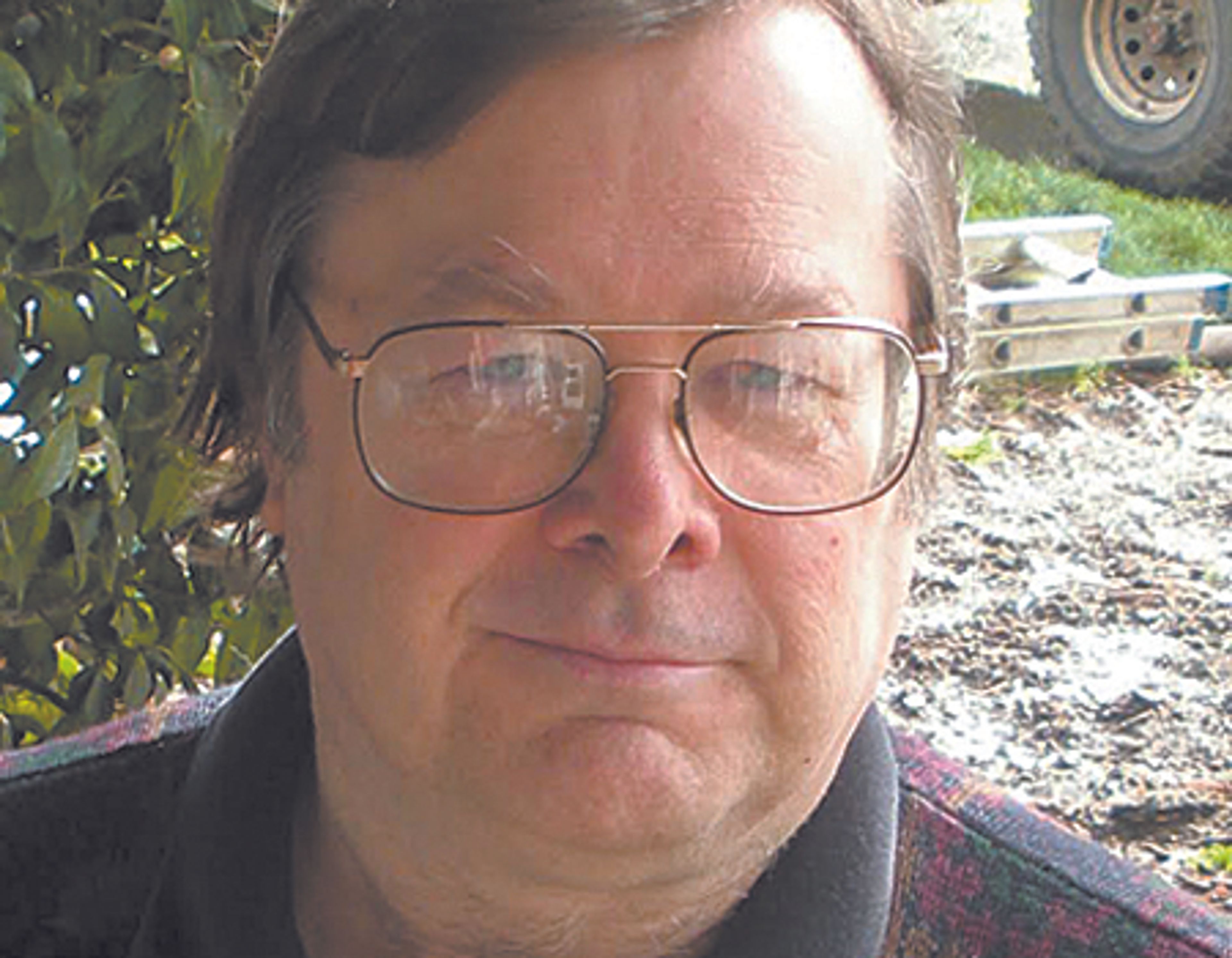OPINION: Student test results make clear schools need to change
Guest Editorial: Another Newspaper’s Opinion
This editorial was published in The Seattle Times.
———
Any way you slice it, Washington students are not doing well.
For years, the Office of Public Instruction, headed by Superintendent Chris Reykdal, downplayed this increasingly grim picture, first claiming there was no such thing as learning loss from the pandemic; then rejiggering definitions of success.
But last week, the National Assessment of Educational Progress (informally known as the Nation’s Report Card) ripped away any gauzy illusions: Reading scores for fourth graders here have fallen steadily since 2015, to the point where 39% cannot read a passage of text and put the events described in sequential order.
An even larger portion of eighth graders — 41% — can’t do basic grade-level math, like figuring out the third angle on a triangle if provided with the first two.
To be fair, this general pattern holds true across the country. The point now is not to keep flogging struggling schools. It’s to get real and do something different. Quite clearly, trudging the same worn pathways is not working.
Reykdal himself supported one promising experiment, the Balanced Calendar Initiative. But, as with so many forward-looking efforts in Washington, without sustained leadership, it has sputtered and stalled.
Put simply, a balanced calendar spreads the 180-day school year across 11 months, rather than cramming all learning into nine with a large chunk of time off in the summer. The primary benefit is more consistent instruction, which addresses “summer slide,” the phenomenon where kids forget up to three months of material between June and August, particularly in math.
As a result, teachers often spend September going over old lessons. It doesn’t take a genius to see how that slows advancement.
Forty-five school districts took up Reykdal’s offer of modest funding to investigate moving to a balanced calendar. But there has been little follow-through. Yakima, one of the larger districts in the pilot, couldn’t agree on a new calendar with its teachers union. Vancouver backed off in the face of lackluster support from families and staff, though Superintendent Jeff Snell says he hopes to revisit the idea someday.
No wonder. Japan and South Korea both use versions of a year-round school calendar, and they are eating our lunch when it comes to student achievement.
Back in Washington, one district that actually implemented this approach is tiny Winlock, south of Olympia, which has about 800 students. After one year of a balanced calendar, in 2022-23, average scores in reading were up by 6 percentage points. But funding has since dried up, and Winlock will revert to the old way next year.
The debate over plummeting student achievement has been settled. The only question now is what we’re prepared to do about it.
TNS







